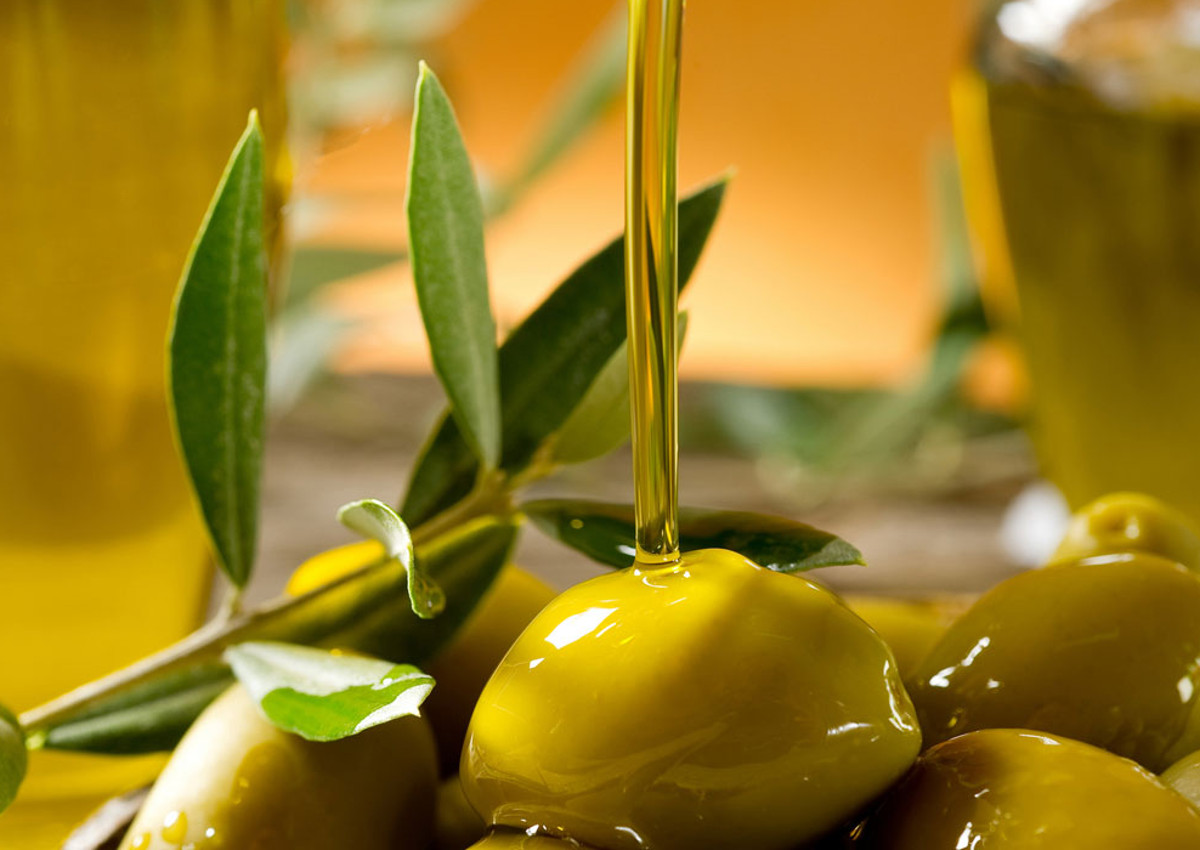
To regain the trust of Italian and foreign olive oil consumers with an action of the whole supply chain and the support of the institutions. This is the strategy for the revitalization of the Italian olive oil sector, expressed by ASSITOL (the Italian Association of the olive oil industry adhering to Confindustria) during a recent meeting in Rome.
Decline in consumption
The debate focused on the decline in consumption that has affected the olive oil sector in recent years. In Italy, according to the latest data provided by COI (International Olive Oil Council), there has been a drop of 14% in line with the trend of the European Union (-12%). Also ASSITOL data on exports, relating to the first eight months of 2017, show an overall slowdown in trade with foreign countries (-18.3%) compared to the same period of 2016. The EU countries lose (-19.3%) as well as the non-EU countries (-16.3). Although olive oil is still important for our consumers – said Angelo Cremonini, president of the ASSITOL olive oil department – it is still facing a serious crisis of consumption. It is a globalized product, but also trivialized in its daily use and considered as a commodity.
Towards the Interprofession
The recognition of FOOI, the new Interprofession which is an important first step to working together for the renewal of the sector, is now at hand. A number, above all, was mentioned several times during the conference: among the seasoning fats the world consumption of olive oil is still at 4%. Yet, COI expects an increase of 5% for next year.
The risks of competition
Along with the countries that, historically, are producers of olive oil and traditional competitors of Italy (Spain, Greece, Portugal), other important producers have emerged in the Euro-Mediterranean basin such as Tunisia, Morocco and, in the last two years, Turkey. Overseas, the United States and Australia see their domestic production of olive oil growing more and more. Aggressive commercial practices, duty-free trade, and even fake news are often used by some of the ‘new’ oil countries. Yet, the figures of the sector in Italy speak for themselves: 350 cultivars, 1 million hectares of olive trees, 900,000 olive growers, 6,500 mills, and 673 packaging companies generate a total turnover of 3 billion euros. Italy is first in Europe for its olive oil PDO and PGI productions. However, the historical deficit of Italian olive production remains. The latest harvest campaign, indeed, will not exceed 300,000 tons. What can the supply chain do? ASSITOL suggests to focus on cultivars that can better suit the taste of Italian and foreign consumers, in order to meet the demand of the public and increase the profitability of olive growing at the same time.
Recovery
In this relaunch operation ICE-ITA (Italian Trade Agency), the agency of the Italian government for foreign trade, and COI can contribute to make national oil grow on international markets. Anna Flavia Pascarelli, manager of the agri-food and wines sector of ICE-ITA, agrees with the idea of an operation focused on the opportunities of international markets: ICE-ITA Agency welcomes the imminent recognition of FOOI and confirms its commitment to supporting the olive oil sector for its promotion around the world.
